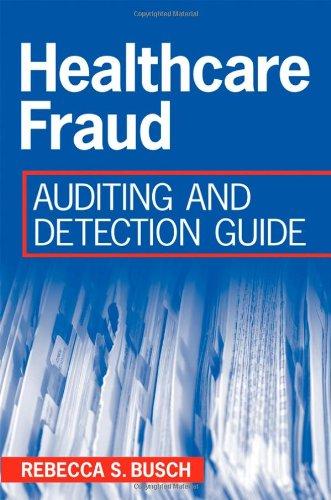Answered step by step
Verified Expert Solution
Question
1 Approved Answer
Please answer all the parts of the question Question 2 (20 Points) Your task is to explain how you could use linear regression to estimate


Please answer all the parts of the question
Question 2 (20 Points) Your task is to explain how you could use linear regression to estimate the impact of union membership on wages which may be defined as =E (wage|member) E (wage|nonmember). Because labor unions engage in collective bargaining with employers to protect workers' economic status and working conditions, we may argue that the >0. The table below provides the results of a regression of Y= Hourly Wages in TL on X= Union Membership (if person i is a union member, then Xi=1, zero otherwise. The values in parenthesis are standard errors of coefficients. a) Interpret the coefficients. Are coefficients statistically significant? Is there statistical evidence in favor of union membership? How strong is the evidence? Defend your answer. ( 3 points) b) Suppose that we were to regress wage on nonmembership instead, where nonmember =1 if the person i is a nonmember, zero otherwise. Write down the estimated regression equation we would get. ( 3 points) c) Using the scenario in (b), indicate how standard error of slope coefficient would adjust? ( 2 points) d) Using the scenario in (b), indicate how R2 and standard error of residuals would adjust. (3 points) e) Let's go back to our original regression table. Now, we want to modify our dependent variable Hourly Wage to Monthly Wage. Assume that an employee works 8-hours in a day and there are 22 workdays in a month. Write down the regression equation we would get. (5 points) f) Using the scenario in (e), indicate how standard errors of coefficients and R2 would adjust. (4 points) Question 2 (20 Points) Your task is to explain how you could use linear regression to estimate the impact of union membership on wages which may be defined as =E (wage|member) E (wage|nonmember). Because labor unions engage in collective bargaining with employers to protect workers' economic status and working conditions, we may argue that the >0. The table below provides the results of a regression of Y= Hourly Wages in TL on X= Union Membership (if person i is a union member, then Xi=1, zero otherwise. The values in parenthesis are standard errors of coefficients. a) Interpret the coefficients. Are coefficients statistically significant? Is there statistical evidence in favor of union membership? How strong is the evidence? Defend your answer. ( 3 points) b) Suppose that we were to regress wage on nonmembership instead, where nonmember =1 if the person i is a nonmember, zero otherwise. Write down the estimated regression equation we would get. ( 3 points) c) Using the scenario in (b), indicate how standard error of slope coefficient would adjust? ( 2 points) d) Using the scenario in (b), indicate how R2 and standard error of residuals would adjust. (3 points) e) Let's go back to our original regression table. Now, we want to modify our dependent variable Hourly Wage to Monthly Wage. Assume that an employee works 8-hours in a day and there are 22 workdays in a month. Write down the regression equation we would get. (5 points) f) Using the scenario in (e), indicate how standard errors of coefficients and R2 would adjust. (4 points)Step by Step Solution
There are 3 Steps involved in it
Step: 1

Get Instant Access to Expert-Tailored Solutions
See step-by-step solutions with expert insights and AI powered tools for academic success
Step: 2

Step: 3

Ace Your Homework with AI
Get the answers you need in no time with our AI-driven, step-by-step assistance
Get Started


